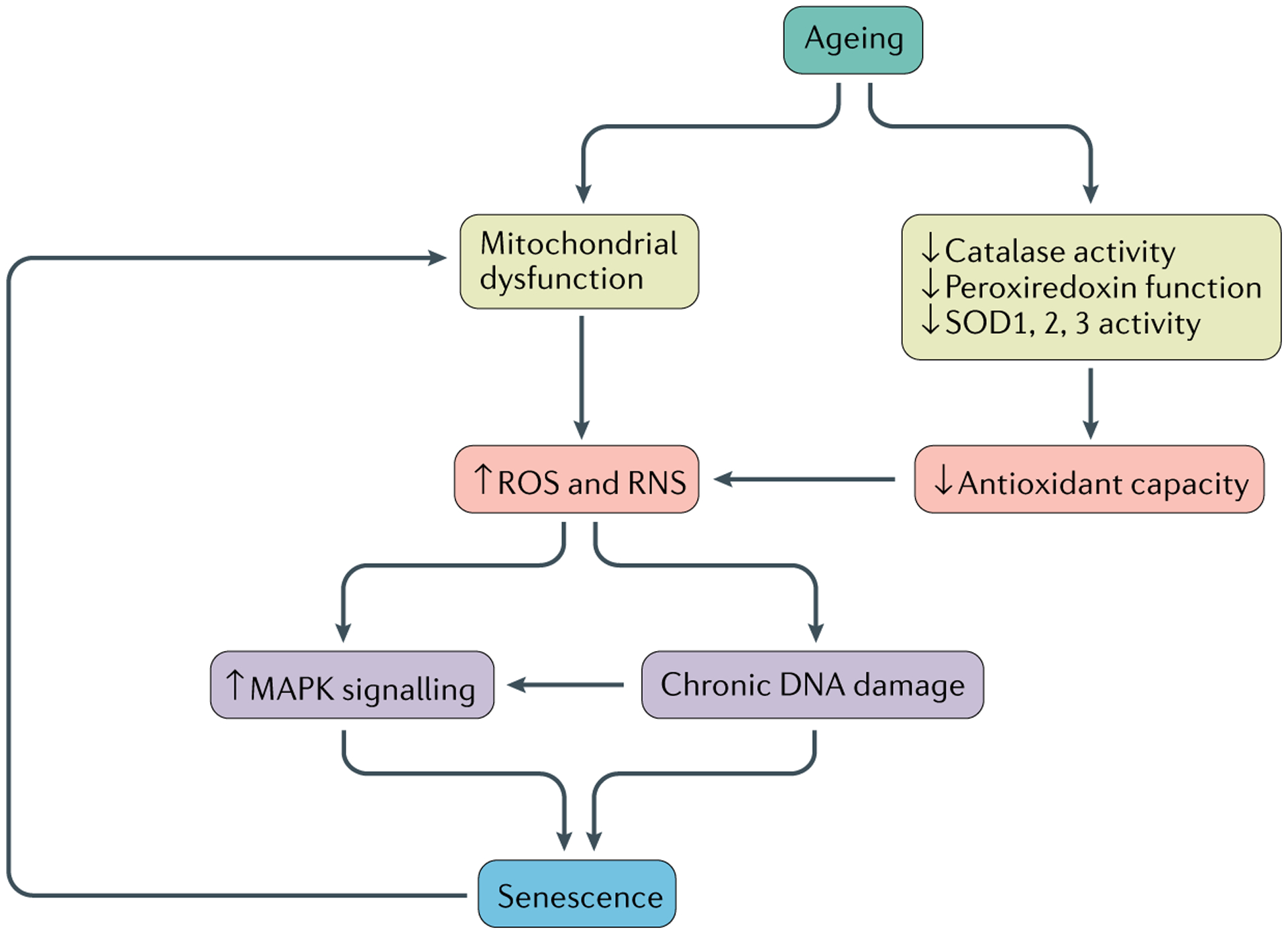Fig. 2 |. Model for oxidative stress-induced senescence in joint cells.

Aged chondrocytes and synovial cells exhibit mitochondrial dysfunction, as well as a reduction in antioxidant capacity, via a decrease in the activity of catalase and superoxide dismutase (SOD) and decreased peroxiredoxin function. These phenotypes increase the generation of reactive oxidative species (ROS) and reactive nitrogen species (RNS), which induce chronic DNA damage and increase MAPK stress signalling, both of which can act independently or together to induce senescence. Senescence itself can cause further mitochondrial damage, causing positive feedback.
